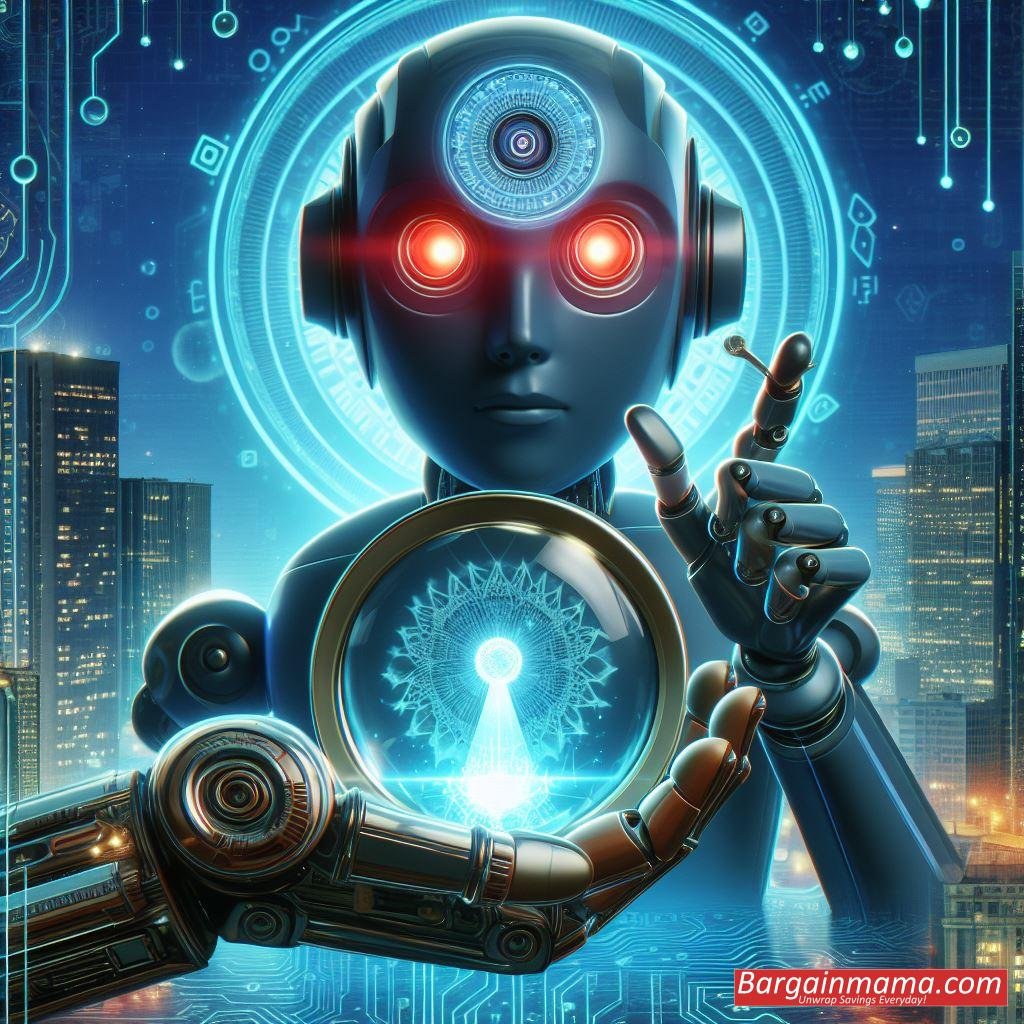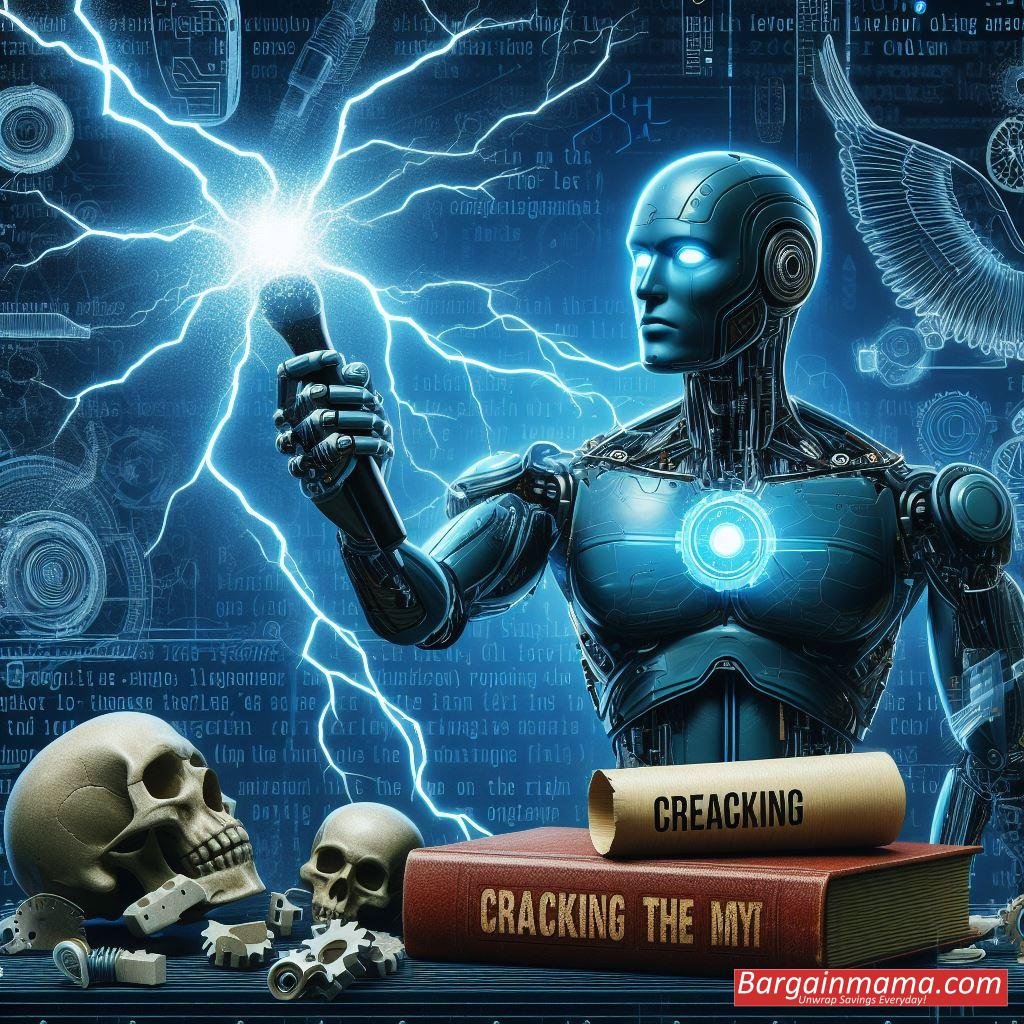The idea of having conversations with computers has been a mainstay of technical dreams for many years. The path has been both amazing and commonplace, starting with the simple ELIZA and ending with the modern-day smart voice assistants like Siri and Alexa. Chatbots are still on the verge of becoming ubiquitous, but they have never really ingrained themselves into our lives as intended, despite the enormous resources that have gone into their creation. The obvious question is: why?

From modest beginnings, chatbots—an umbrella word for a variety of AI-driven systems—rose with the promise of revolutionizing human-computer interaction. However, in spite of the enormous effort and financial expenditures, they are still limited to menial duties like operating smart gadgets or providing misleading search results. Every year that goes by, the distance between aspiration and reality gets wider, which makes us examine the underlying reasons for their stagnation.
We have failed to grasp the appeal of conversational intelligence, in which robots can understand and react to human speech with ease. Chatbots are great at simple things like turning on lights or giving out basic information, but they get lost when it comes to complicated human language. When users are unable to extract subtle information or participate in meaningful discussion, they frequently become upset. The wide-spread adoption of these platforms is hampered by the mismatch between expectations and performance.

Chatbot proponents claim that generative AI is the answer to all of their problems. However, these systems typically provide illogical results, highlighting the limitations of present technology, even with breakthroughs. Even attempts to use AI-generated content for sports reporting have had hilariously wrong outcomes. Artificial intelligence is really a front for unpaid human labor used to maintain the appearance of competence.
Concerns are also raised by the enormous expenses and environmental effects of AI development. The goal of becoming the most powerful chatbot has cost billions of dollars and terawatts of electricity, yet real progress is still hard to come by. True conversational intelligence remains elusive, and doubts are raised regarding the possibility of allocating more funds to chip development or power usage.
The comparison made between real-world applications and fictional representations of AI, like the computer in Star Trek, highlights the ongoing mistrust surrounding chatbots. Human supervision is still vital in a future when technology is getting close to sentient intelligence. Our engagement with technology is influenced by our innate need for control, which limits our excitement about chatbots’ potential and shapes our interactions with them.

The allure of chatbots is still enticingly out of reach, hidden under a mist of anticipation and disappointment. Although there have been improvements, there are still underlying problems that erode confidence and prevent broad adoption. It’s critical to balance optimism with reality as we traverse the rapidly changing field of artificial intelligence, understanding both the potential and constraints of this game-changing technology. Then and only then will we be able to map out a course for the future of human-computer interaction that fits our goals and expectations.



